I choose to live life in two ways, out of a backpack and out of the back of a truck. When I’m not hiking on some trail, my Toyota Tundra is my home. Yes, even in the glorious -50F winter of southwest Montana. When one lives minimally, you find things or gear, as one in the outdoor field would say, that bleeds into both worlds. Since the living space in the truck is not what one would consider large, every piece of gear that I own serves a purpose. Nothing more, nothing less. After living in the truck through all four seasons, this is a list of my must-haves when I’m out living/Overlanding for an extended period. Also, we’re using the term ultralight loosely here, folks. Easily portable = ultralight.
The first item that I quite literally cannot live without, and in fact, I probably would have been chilly this winter if I did not have it; is my Mountain Hardware Bishop Pass 0-degree mummy bag. I’ve had this bag for three years now and I use it in the back of the truck as well as on the trail. I know for a fact that I’ve taken this bag well below 20F with just base layers on and still was toasty. It’s typically only used in the truck in the winter, however, if I’m parked somewhere up in the mountains, cowboy camping (yes, I still cowboy camp even though I have a vehicle) in the summertime requires a warmer bag. This bag does weigh 3lbs, so that’s why its primary use is overlanding. In terms of pillows, I just use a normal fluffy one for a couple of reasons. Sleep is super important to me so having a comfy pillow is key, and I also share my pillow with a 50lb dog, so I need a normal size one.

The next thing that comes to mind is power. I don’t have many things I need to charge, only my phone, iPad, headlamp, camera, and speaker. Because of this, battery banks are useful; the same ones that are used on trails. I use the 20000MaH Nitecore and 10000MaH Anker. If I’m out for more than a week at a time, this is where my GoalZero power station battery comes in. I use the Yeti 500x. It’s only about 15lbs, aka ultralight, but has every outlet you would ever need. Because I don’t have to use it much, I can usually live a week off the battery itself before I must charge it, via solar or plug-in. To charge my GoalZero Yeti 500x, I use the GoalZero Boulder 100 solar panel. It’s weatherproofed so can be left out in the elements and it has a kickstand so I don’t have to worry about it breaking in the wind.
For water, I use a couple of different things, so I’ll break it down for you. My main water container is a 4-gallon collapsible water jug. Typically, it’s just my dog and I using it, so it lasts anywhere from 5-7 days. I also have a Rotopax jug on the outside of my vehicle that can hold another gallon of water. When the sun bakes it, it makes a great shower-water temp. I have various Nalgene’s and RTIC tumblers that float around because it’s very annoying when you’re in the back of the truck but your bottle is outside or up in the cab. Because of this, I learned to keep one stashed everywhere. Lastly, if I ever run out of water and need to retrieve it from somewhere, I use my trusty Sawyer Squeeze to filter. This means that you do have to keep SmartWater bottle around to use the Sawyer, but I refuse to ever buy a different water filtration. I use it on trail so I use it in the truck.
For cooking, I use a couple of different things here too. The stove that has gone on lots of backpacking trips and is still being used for overlanding is the MSR Pocket Rocket. I do use my little Toaks titanium pot too, but when I’m not backpacking, that’s used for hot beverages. The pot that I like to use is the GSI Soloist. This pot is bigger than the Toaks and thus, can hold a whole box of mac and cheese. My grandma gave me a little skillet pan to pair with my Pocket Rocket.

Another cooking mechanism that I use when I’m out overlanding is the Eureka Camp Grill. It weighs almost nothing and is the perfect edition for a camp kitchen. Instead of cooking right on the back of the tailgate, I opted to buy a cooking table. I’m messy, and if I can eliminate the amount of food crumbs that end up in my living quarters, that would be ideal. The one utensil that I use is my long-handled titanium spork. It’s a great chicken leg flipper, spaghetti noodle stirrer, or whatever you need it to be.
Going along with the outdoor living vibe, I like to make it feel like home. When you’re overlanding, you can have some items that you may not always bring while backpacking. For example, a camp chair is a must. I’m not going to sit on the ground when I don’t have to. I also have a shorter camp table that I use more of a coffee table. Both items are ultralight, and they pack down quite small.
I’m the kind of person that doesn’t necessarily need to refrigerate things. Maybe that means I spend too much time on the trail? If I’m out for multiple days into multiple weeks, that’s when I bring out the coolers. I use an RTIC 54Qt hard-sided cooler where I keep food items that I don’t get to a lot. This ensures my frozen stuff stays frozen for as long as possible. This cooler is most definitely ultralight. Even when it’s fully loaded, I can carry it myself. I also use an RTIC soft cooler that I keep my snacks in or drinks that I may access more often. I don’t need a fridge, so I don’t have one. Coolers are it.

This is just a quick and simple list to give you a general idea of what I use daily.


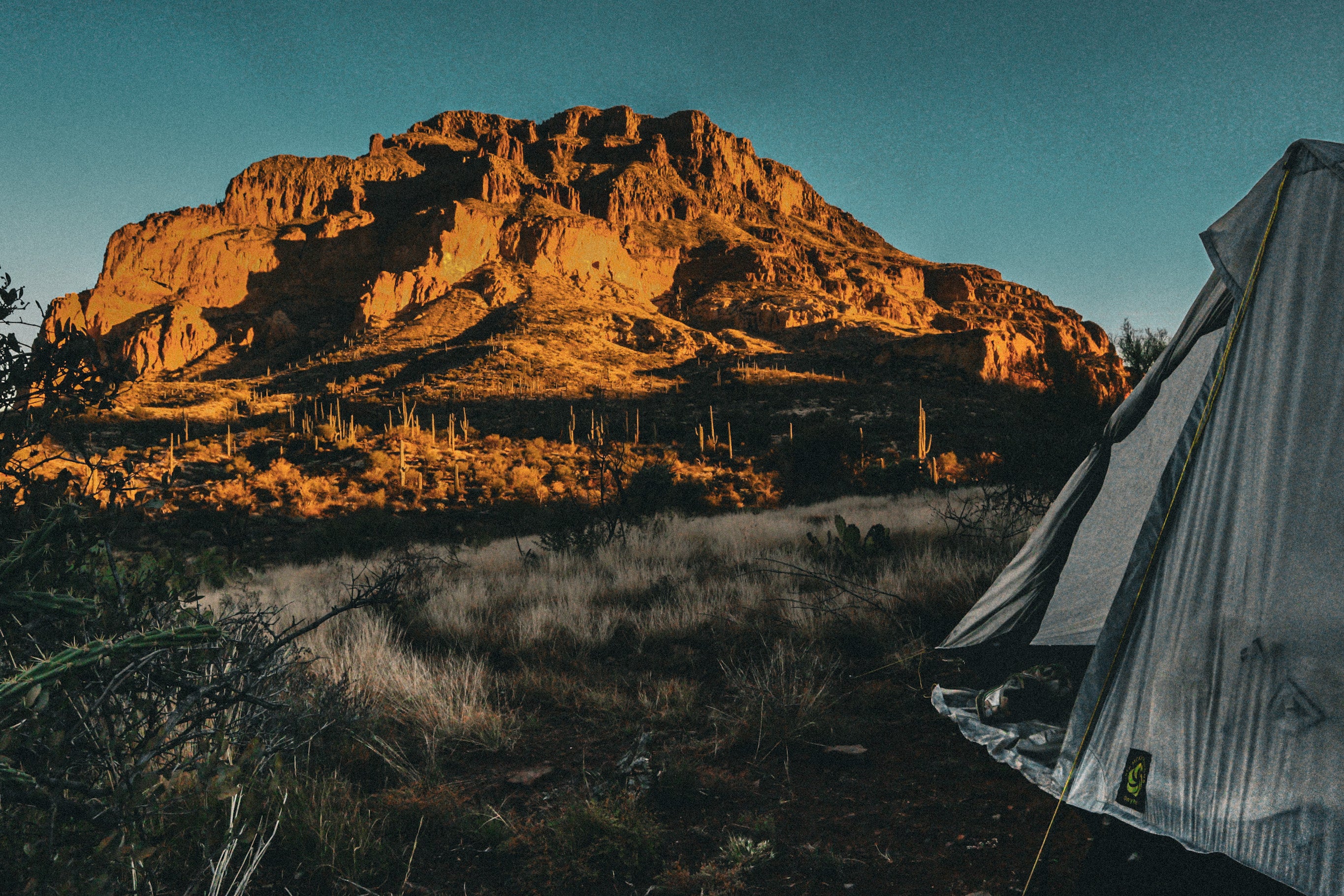
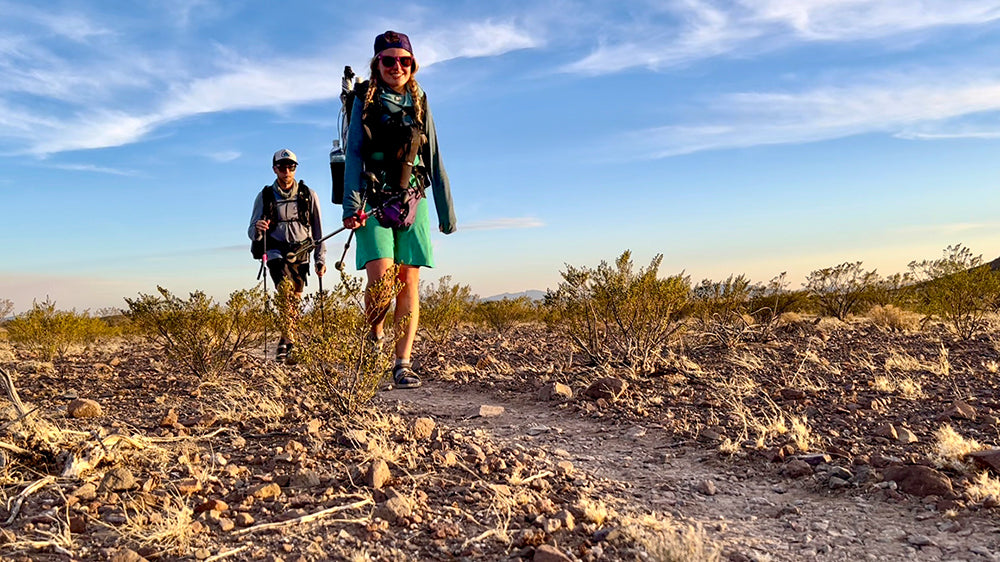
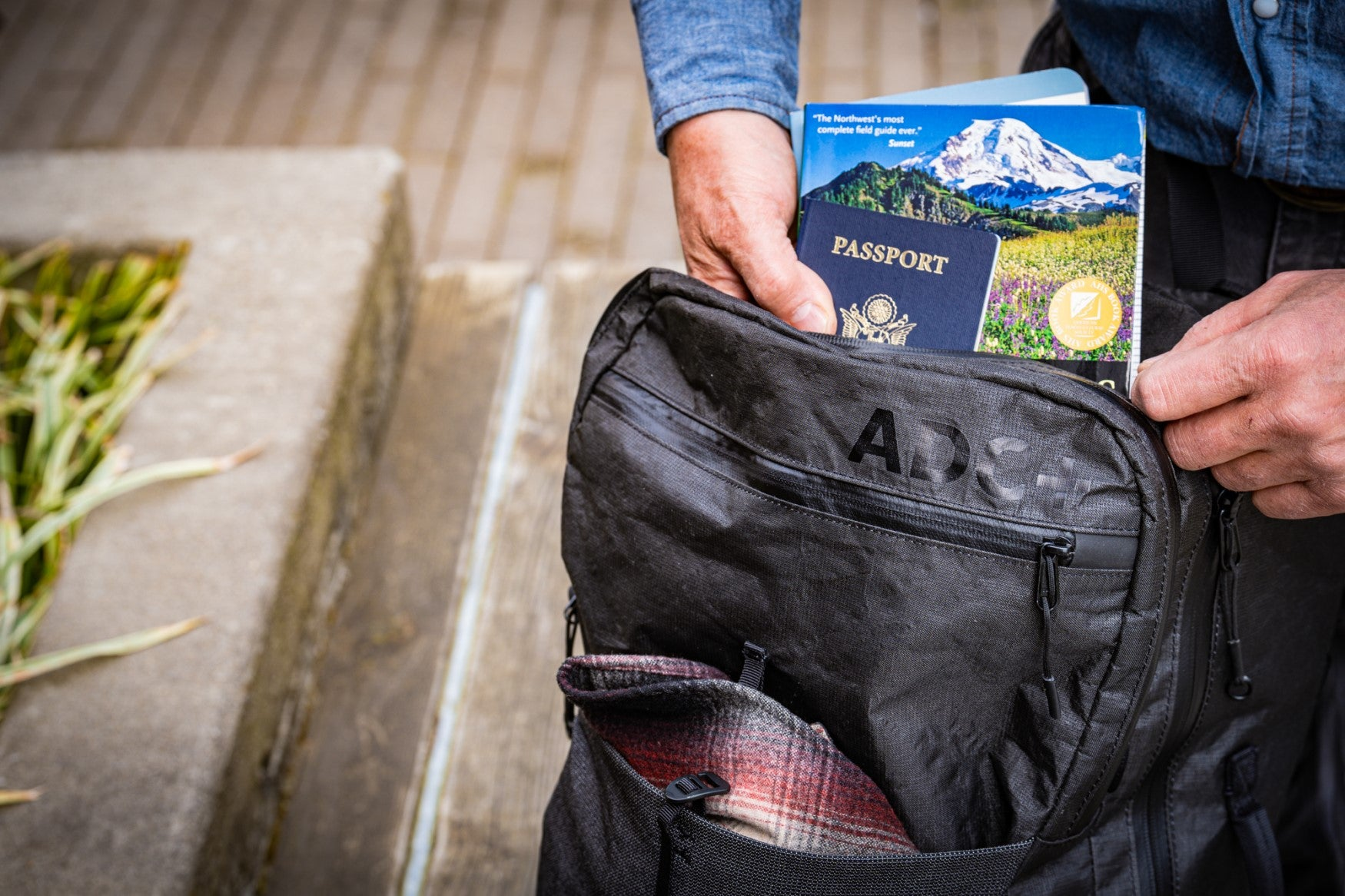
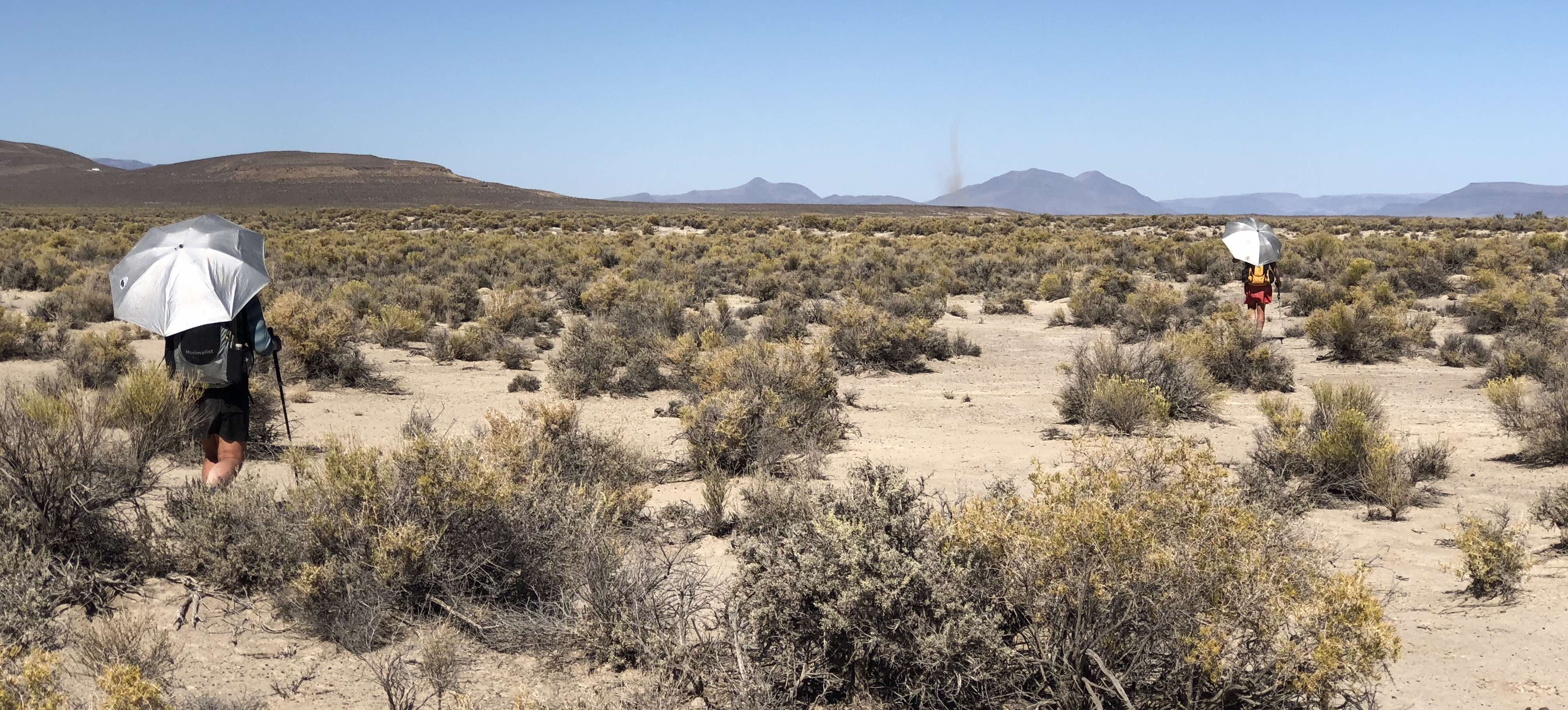
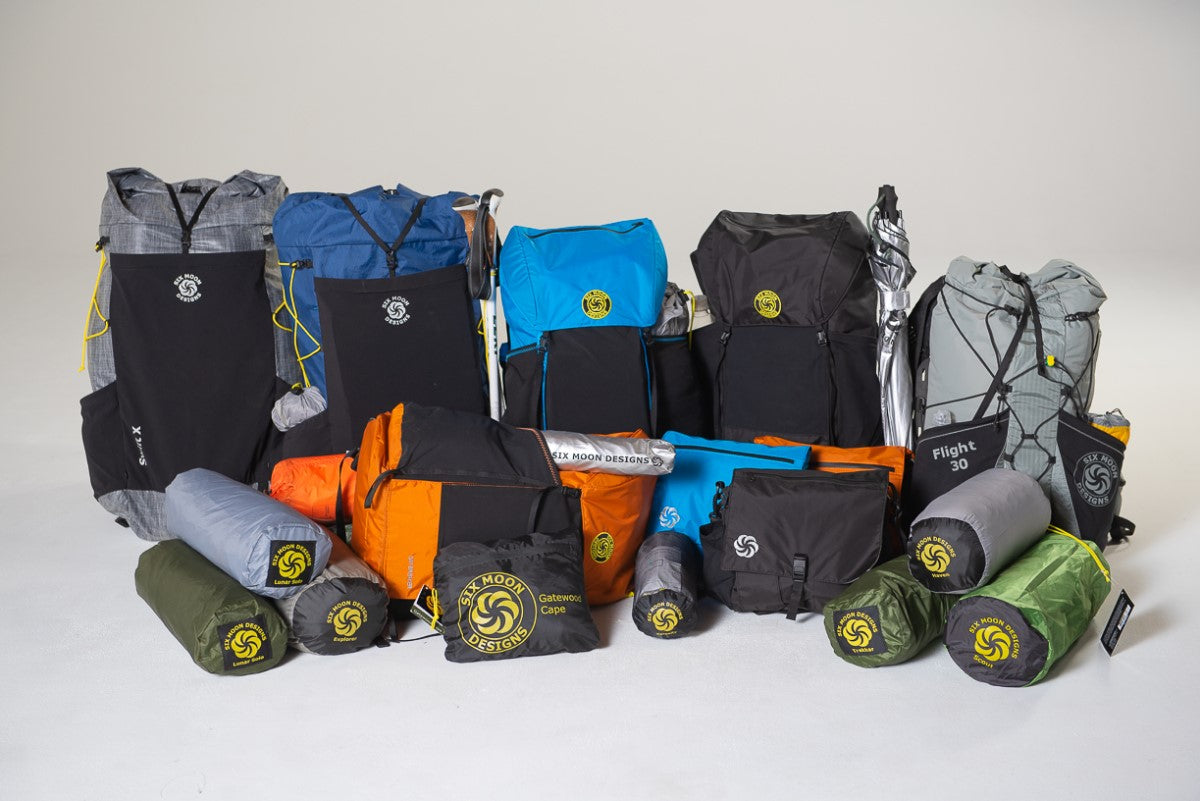
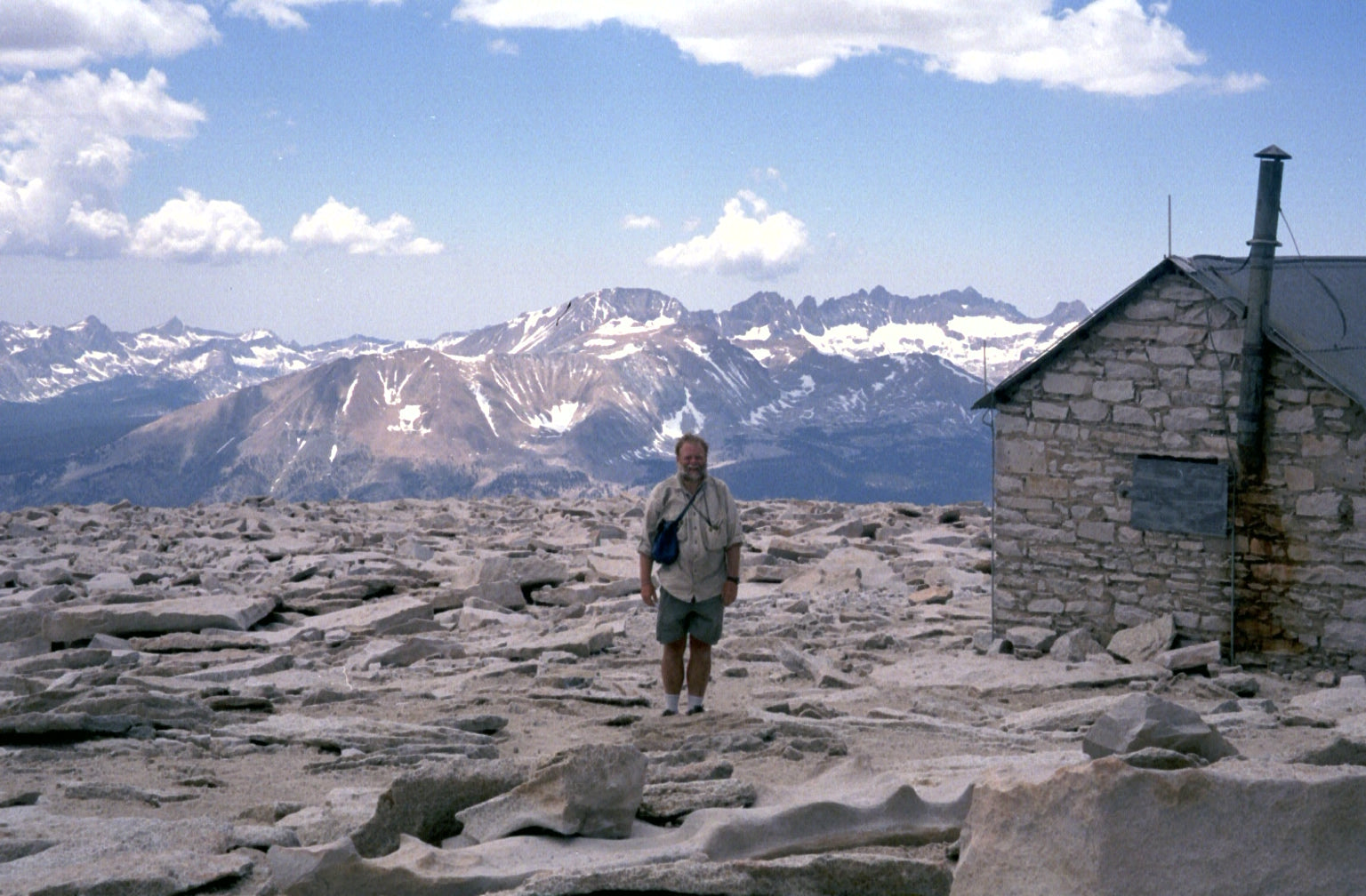
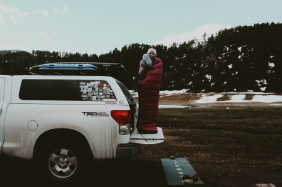
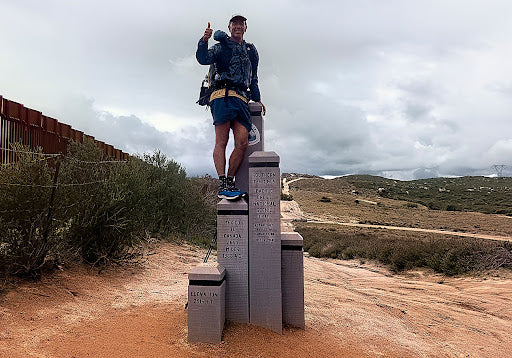
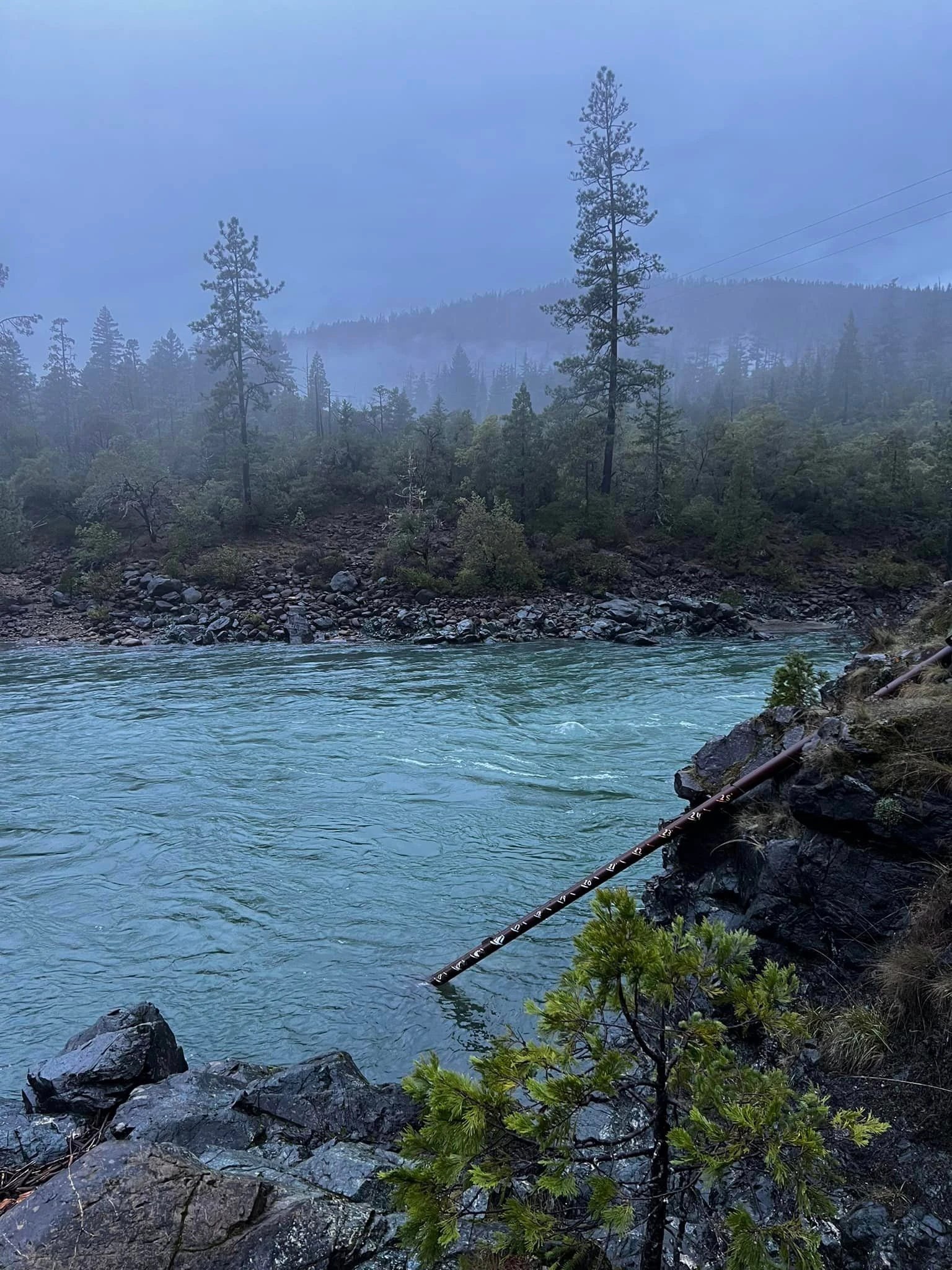
Leave a comment
This site is protected by hCaptcha and the hCaptcha Privacy Policy and Terms of Service apply.